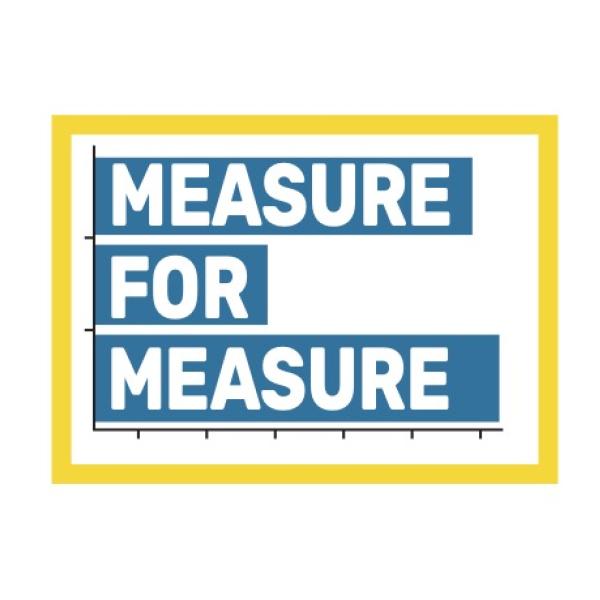Spotlight on the American Samoa Council on Arts, Culture and the Humanities

You may already know that the National Endowment for the Arts supports the 50 state arts agencies, but did you know the agency also supports the work of the arts agencies in U.S. jurisdictions, such as Washington, DC, and Puerto Rico, but also the U.S. Virgin Islands, Guam, and American Samoa? Like its sister arts agencies across the U.S., the American Samoa Council on Arts, Culture, and the Humanities (ASCACH) has its own unique take on the arts, developed in response to the needs of its community.
Serving a population of roughly 56,000 spread across five islands, the council’s programs focus primarily on preserving the traditional arts of Samoa through both arts education grants and the presentation of its own cultural programs. We spoke with ASCACH Executive Director Mary Lauagaia M. Taufete'e and Deputy Director Matina Purcell to get a better understanding of the council’s work.
NEA: What’s the history and mission of the American Samoa Council on Arts, Culture, and the Humanities?
MATINA PURCELL: [The council] was established in 1972, through executive order from the governor. We have a mission to encourage and maintain the traditional arts of American Samoa and the Samoan people, and also to expand access to non-traditional arts.
NEA: Why do you think that it’s important to preserve Samoan traditional art forms?
DR. MARY TAUFETE'E : For any Samoan, to go off island, wherever he goes or she goes, they take three things with them: they take their culture with them; they take their language; and they take who they are to remember that they are from Samoa. Everything we do is arts. It reminds us of how important the culture is.
NEA: What are some of the activities that the council promotes in order to fulfill that mission?
TAUFETE'E: We do a Flag Day program, and we invite the community, the youth, the schools to come and join us. The students perform traditional singing and different types of traditional dance. We wanted to have the children keep in mind [that] these are their traditional dances, even though they have the modern dances, the modern singing. The kids go to school, they speak English. They come home, they speak English. But what we want is to hold on to our language and our traditional arts because it's slowly, slowly slipping away, and we don't want that.
PURCELL: We have a children’s summer workshop and we have classes for every art in Samoa. Like weaving, carving, ukulele, storytelling, dancing. We teach the [arts to] young kids, ages from eight to high school. My kids when they were young, they were attending those classes. Now they are grown up; they went off island, got married, but they still remember those arts in their heart. They practice it.
[We give grants for] arts in education for projects in drama, reading, a fashion show—whatever kind of arts [project] that a school is applying for. The grants range from $100 to $1000. We also have an appreciation for the arts program [for seniors.] They come in with whatever cultural specialty they have and they will display work and [give] workshops so the public can come and have a look. And also, we have [a program] for people that are working. We wanted them to come and learn something new, something different from what they do in the workplace. We teach them whatever they want to [learn]. Like, for example, they [learn] to carve designs on wood.
NEA: What do you most want people to know about arts and culture in American Samoa?
TAUFETE'E: We're here to try and preserve our culture—the language and the arts. We don't want to be like other countries that have lost their culture and their language so we've got to keep them intact. We've got to keep the communication open with [our community], keep sharing the arts with them. We want people, especially our children, to learn, "This is how you do this, this how you do this, and this is how you do this." [We want to] tell them, "These are the very important facts of our life. As a Samoan, these are the important values for us."
If we leave Samoa to go off-island, you take your culture with you, you take your language with you. It identifies you. These are the things that I'm proud of as a Samoan. I go around wearing my traditional wear. It tells people I'm from Samoa. I like to go around, you know, like all of us, to tell the people, "Hey! You know, we're from this little rock in the Pacific! We are from the American Samoa! We are so proud of our culture, so proud of our language." Anything that we do [as Samoans] is art. The way we move our fingers dancing is art. So anything we do, it deals with art because it tells a story, tells a history of where you're from.
PURCELL: I just want to add that what we want to say to our people is that we exist. Our offices exist. And we want to help them and remind them to just don't let go of arts from the old time. Like Mary mentioned, the arts are everything!




